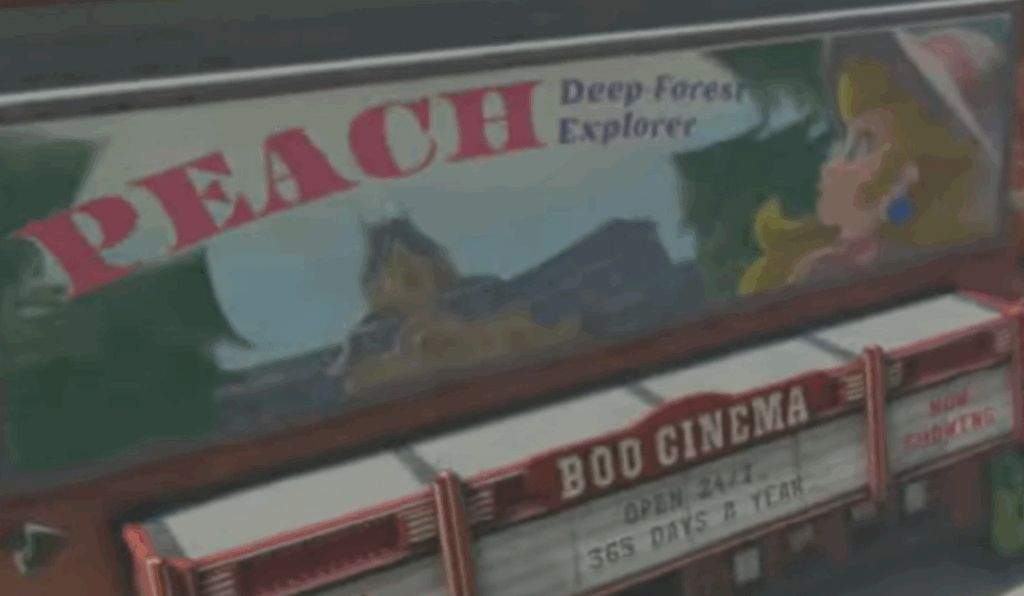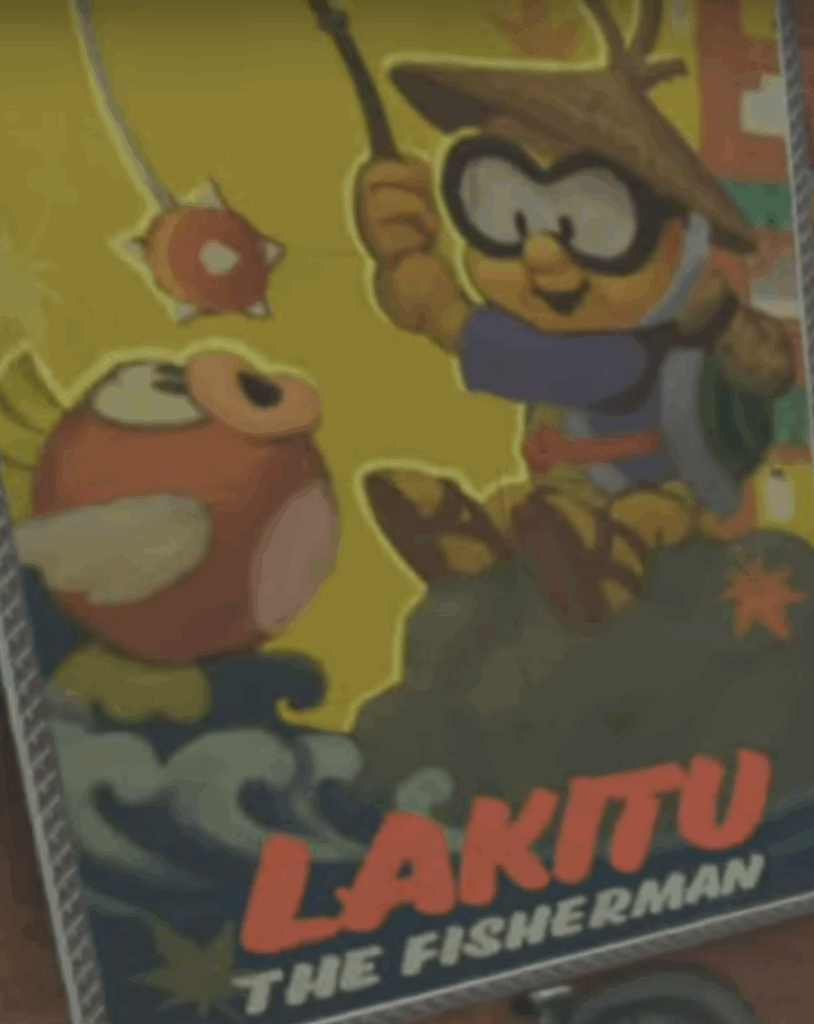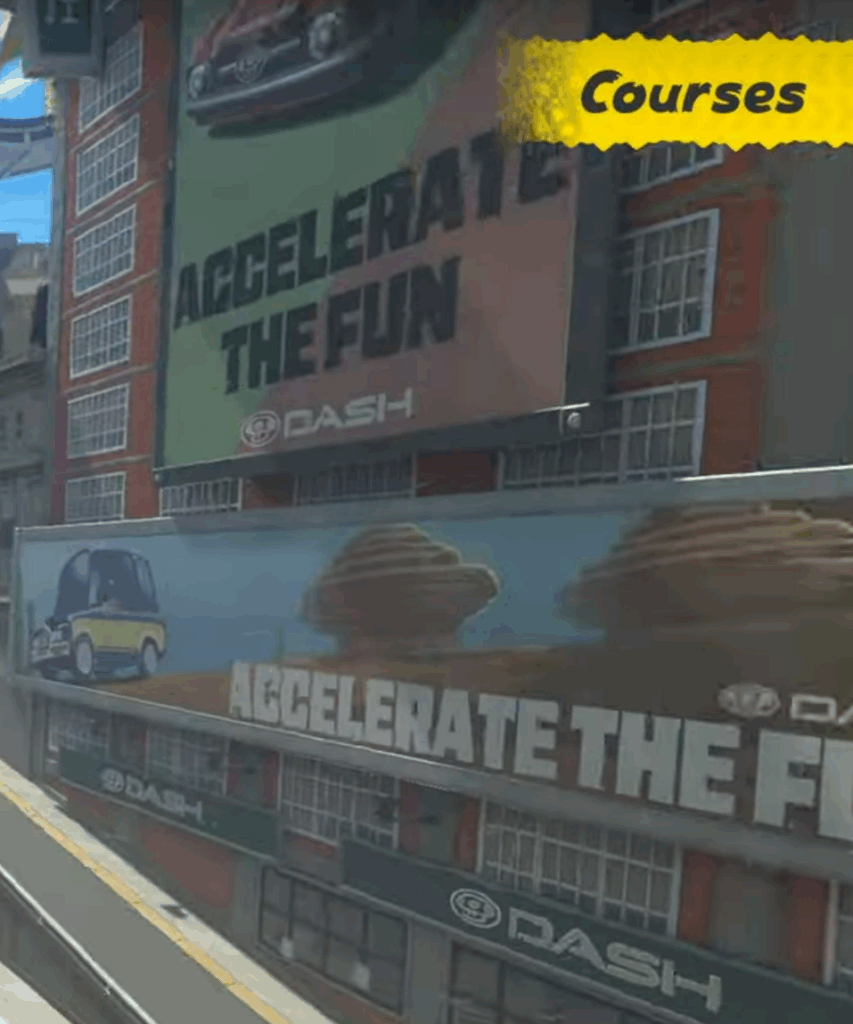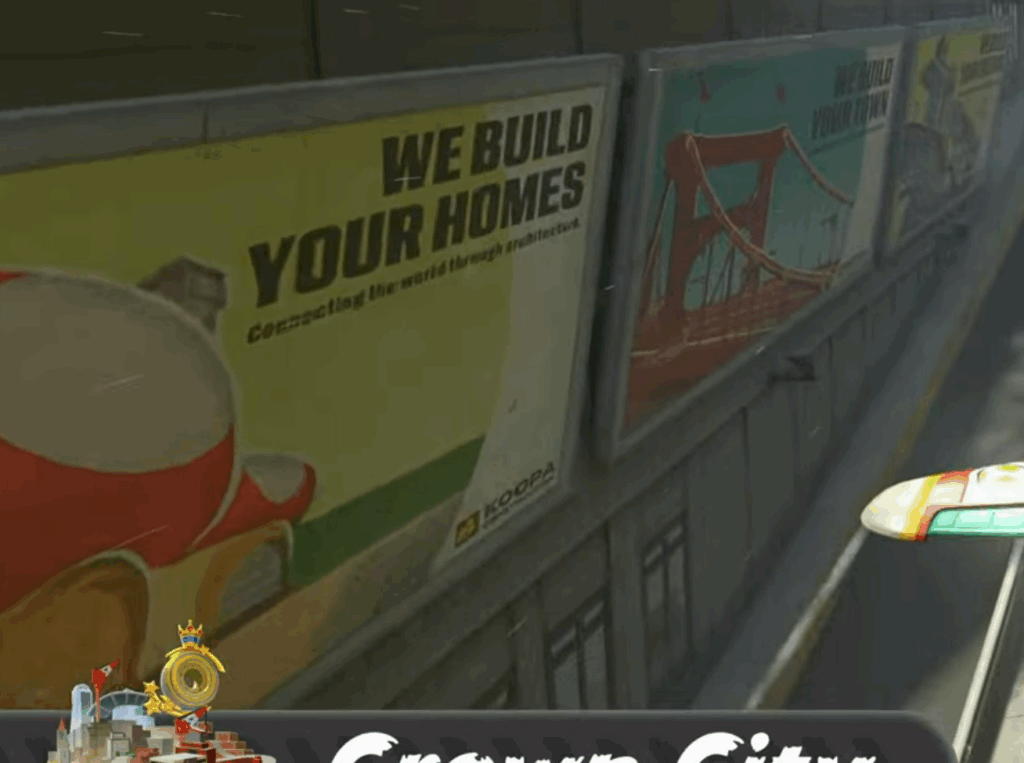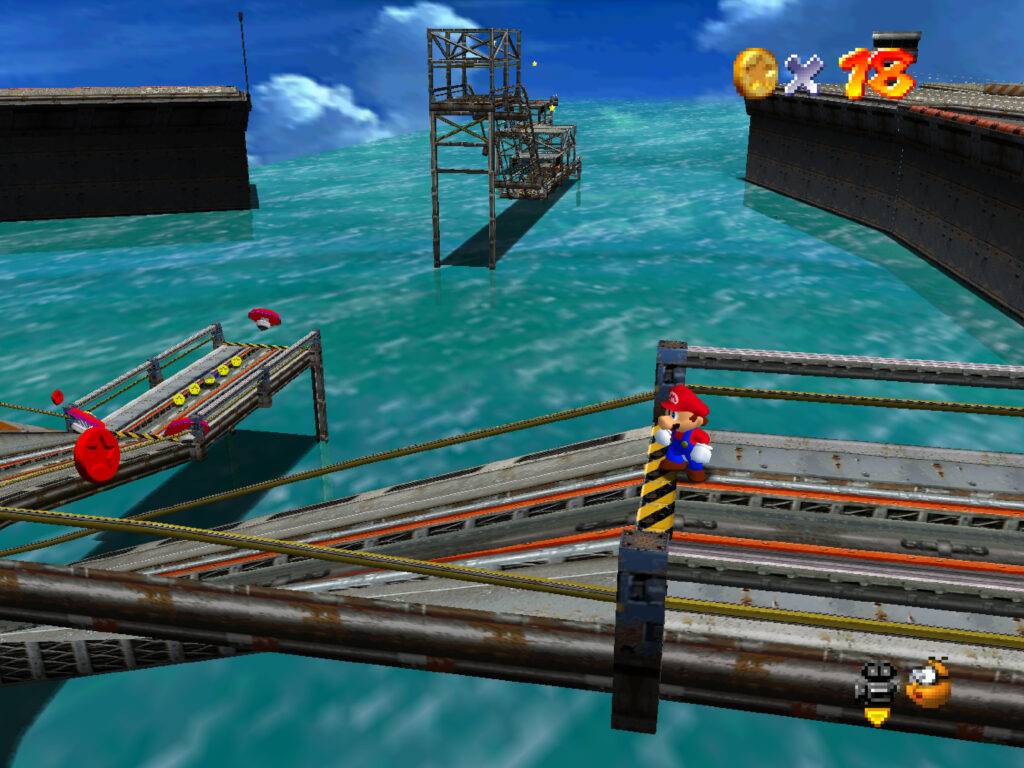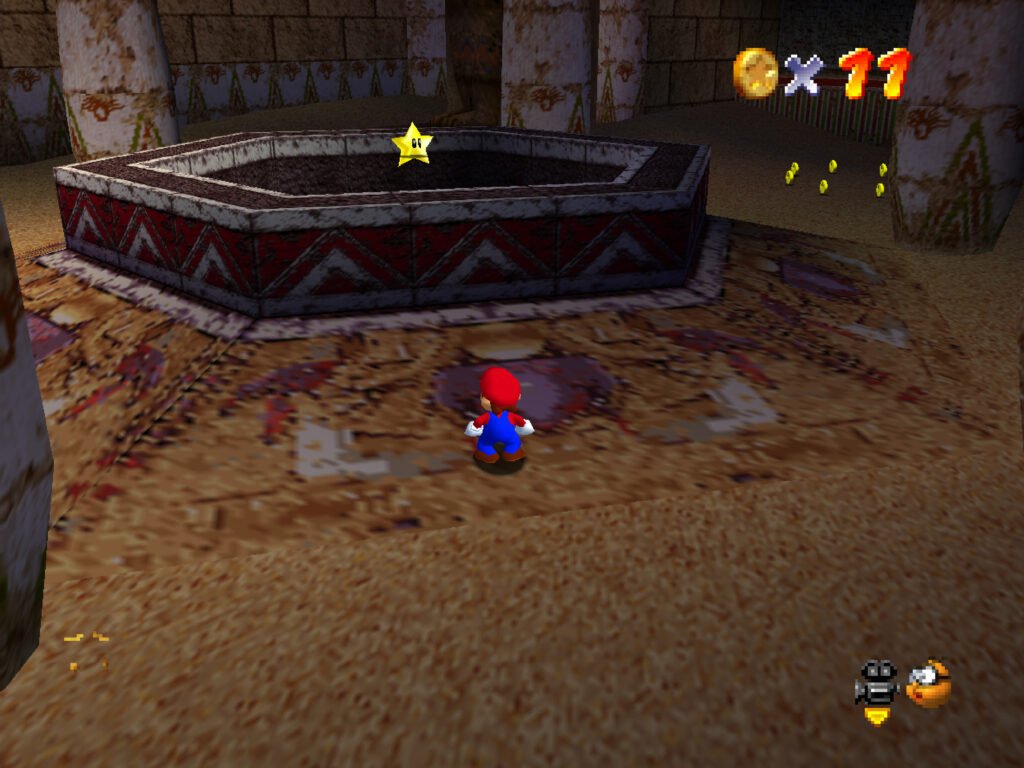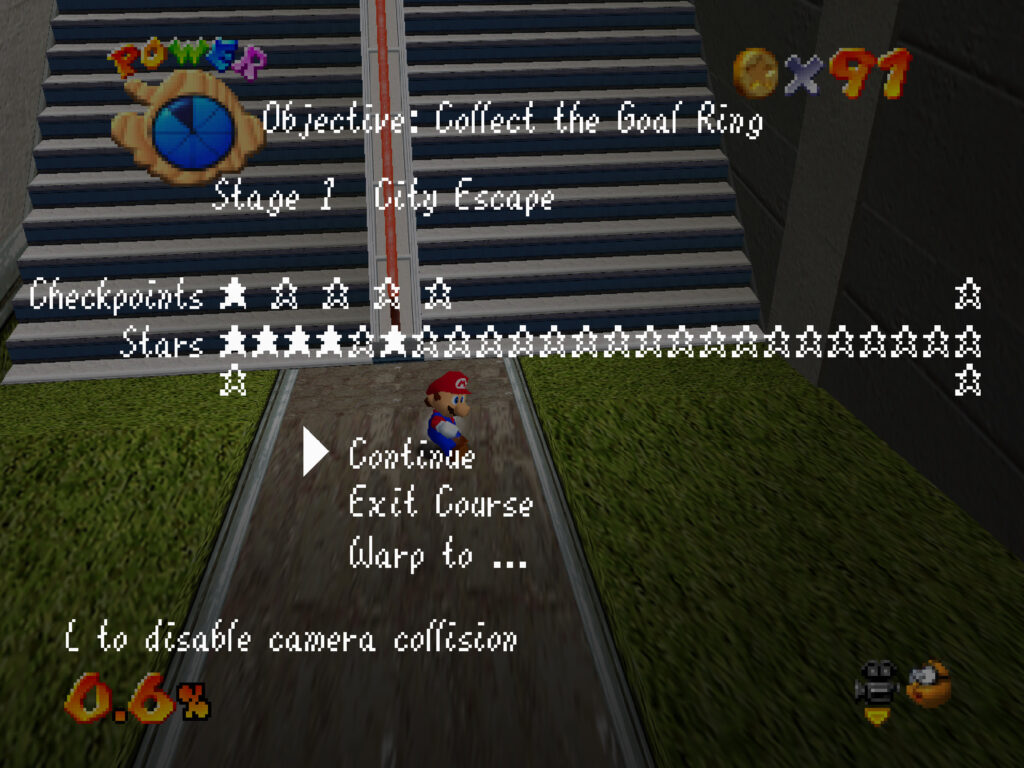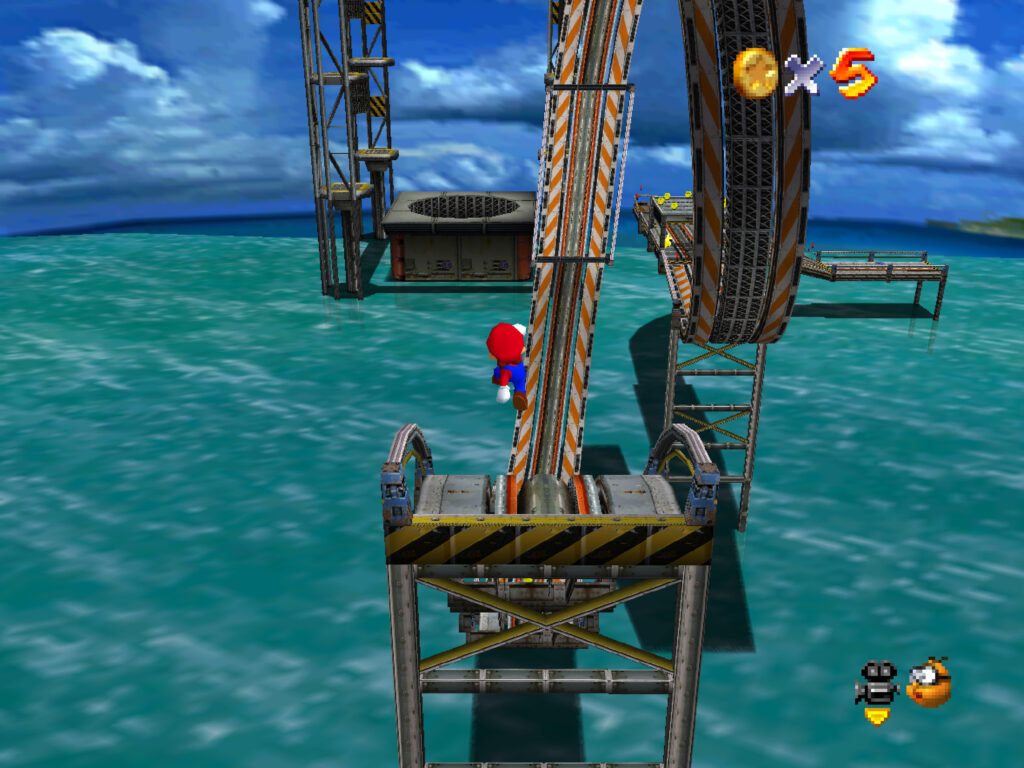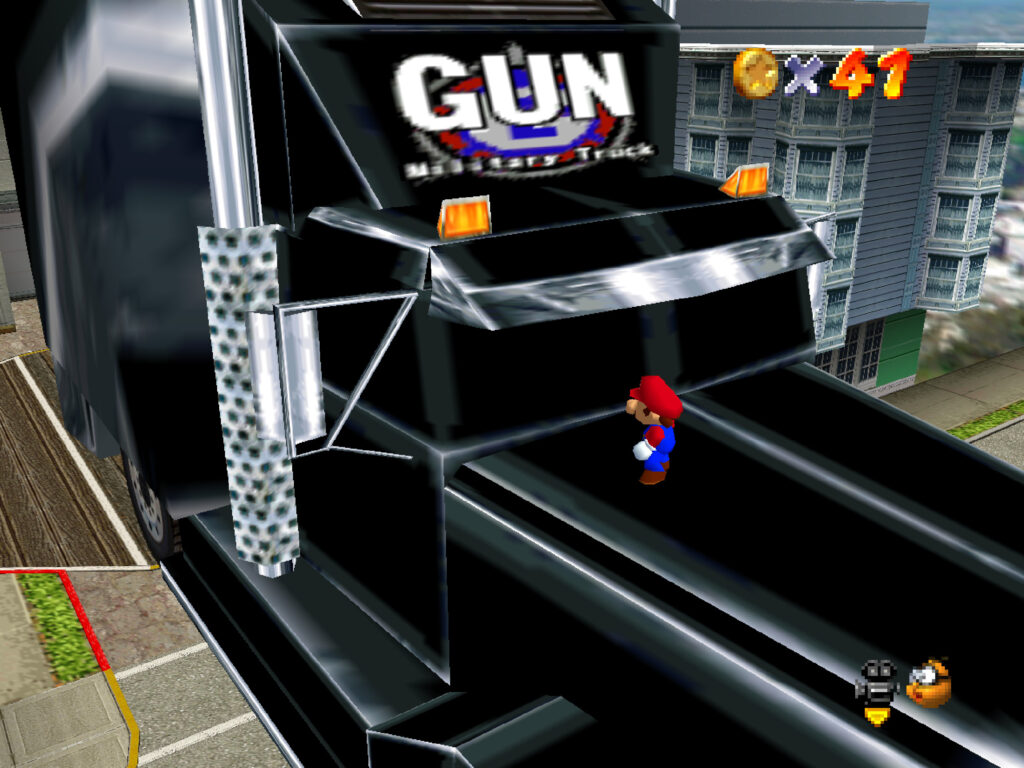I imagine some people look at this blog and think something like, “what the hell is its audience?” People who follow indie gaming, retro stuff, classic computer software, weird gaming videos? Should anyone be interested in all of that?
I answer, YES. It’s all important. I vouch for all of it. I want to cast a light into all of the corridors of video, computer, even electronic gaming! I regret that I only have the time and energy for one post a day! Everyone should know of these things!
One of those things is old computer magazines, and the example of those that I have the most contact with is Loadstar, the Commodore 64 disk magazine that lasted for 22 years and 250 issues.
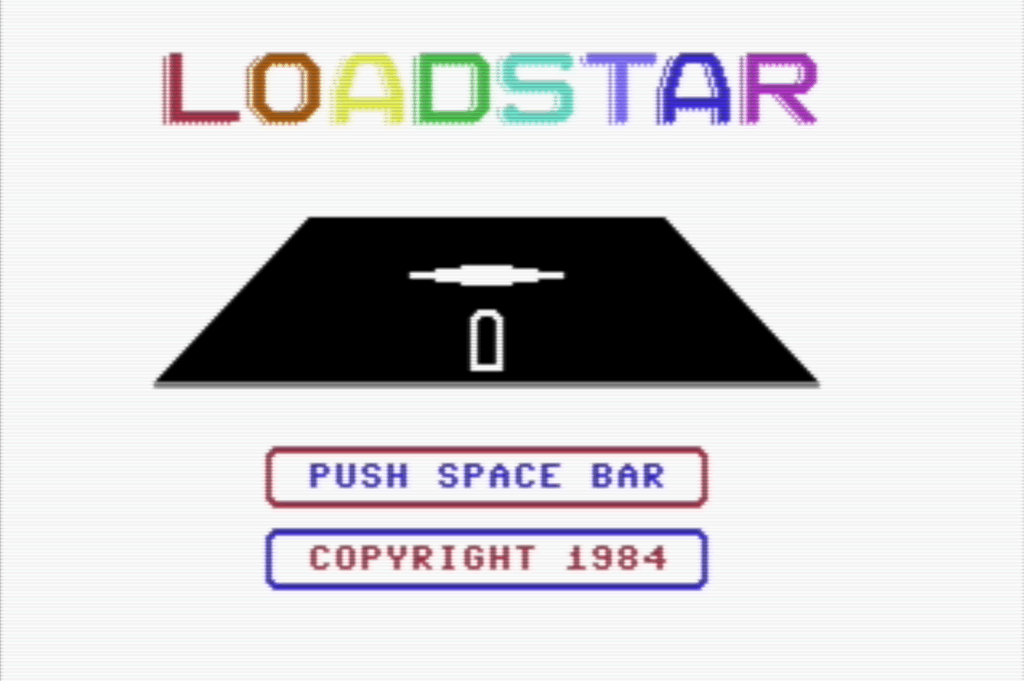
I mentioned Loadstar lately, and the itch.io page I’ve put up distributing, with the permission of its owners, their archives 243 issues of its archives, plus many extras.
A lot of my time the past few weeks has been spend on the “Loadstar Project.” I’m working on an expanded edition of Loadstar Compleat, to make it much more accessible to people who don’t play around with computer emulators as a matter of course. Yes, I understand they exist!
I envision a custom-written program, offering lists of highlights from among the long halls of its archives. What are you interested in? Arcade-style games? Puzzles? Animations? Music? Art? Reviews of old software? Editorials from a bygone age? Dedicated lists of all of these things. You’ll be able to scroll through and pick something to try. One click brings up its instructions. Another starts it up immediately in VICE. Have a favorite author? Many of Loadstar’s most prominent creators will (if I have my way) have their own lists. With literally hundreds of items in each category, that will keep you going for a good long while.
There’s many technical barriers to making this work, but they are coming down, slowly, one after another. Here is what the menu looks like at this second:
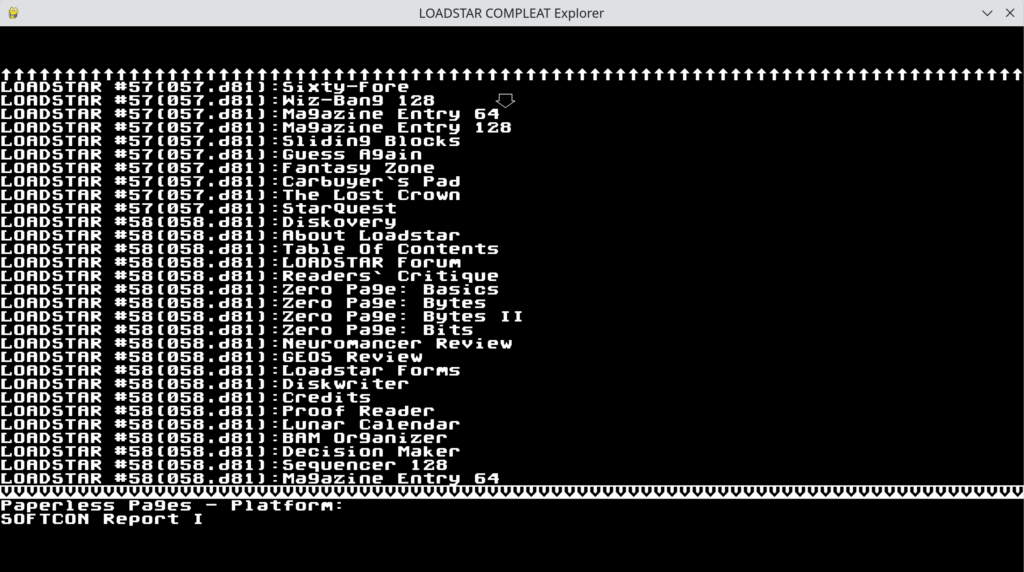
There’s a long way to go. I have to reverse engineer the compression used for text files in later issues, for one thing. I have to finish entering the data for early issues before their Presenter system settled into a single file format. There’s tons of issues left to add to the system, preferably using automatic tools because there’s literally thousands of items here. And yes, the menu system looks really plain right now, and could stand some sprucing up.
I continue to push at the boulder. Sadly the world contains many distractions, and I have other things I need to do with my time. You’re reading one of them right now. But maybe it’ll all come together. Let’s keep our many varied appendages crossed.
I also want to shout out to the Reverend Dave Moorman, Loadstar’s last editor, who oversaw the magazine from issue #200 to #249. He graciously gave me permission to include his range of issues in the compilation, and they’ll be joining their siblings soon! He also has a book on Amazon: The Most Marvelous Machine: A History and Explanation of Computers in General and the Commodore 64 in Particular. If you bought a copy there, there’s no referral code on that link, I won’t see a cent of it, but I’m sure he’d appreciate it! Think it over?




